Best Places to Visit in the Southern USA

Searching for the best places to visit in The Southern USA? You are in the right place! The Southern USA (where I live in Texas) is a region full of charm, history, and natural beauty, and I think it's one of the most rewarding areas to explore.
From family-friendly attractions to romantic getaways and cultural adventures, the Southern USA has no shortage of amazing destinations. Here are the places I personally love and have vetted on trips with my own family (many completely free to visit), and I hope you’ll enjoy them too.
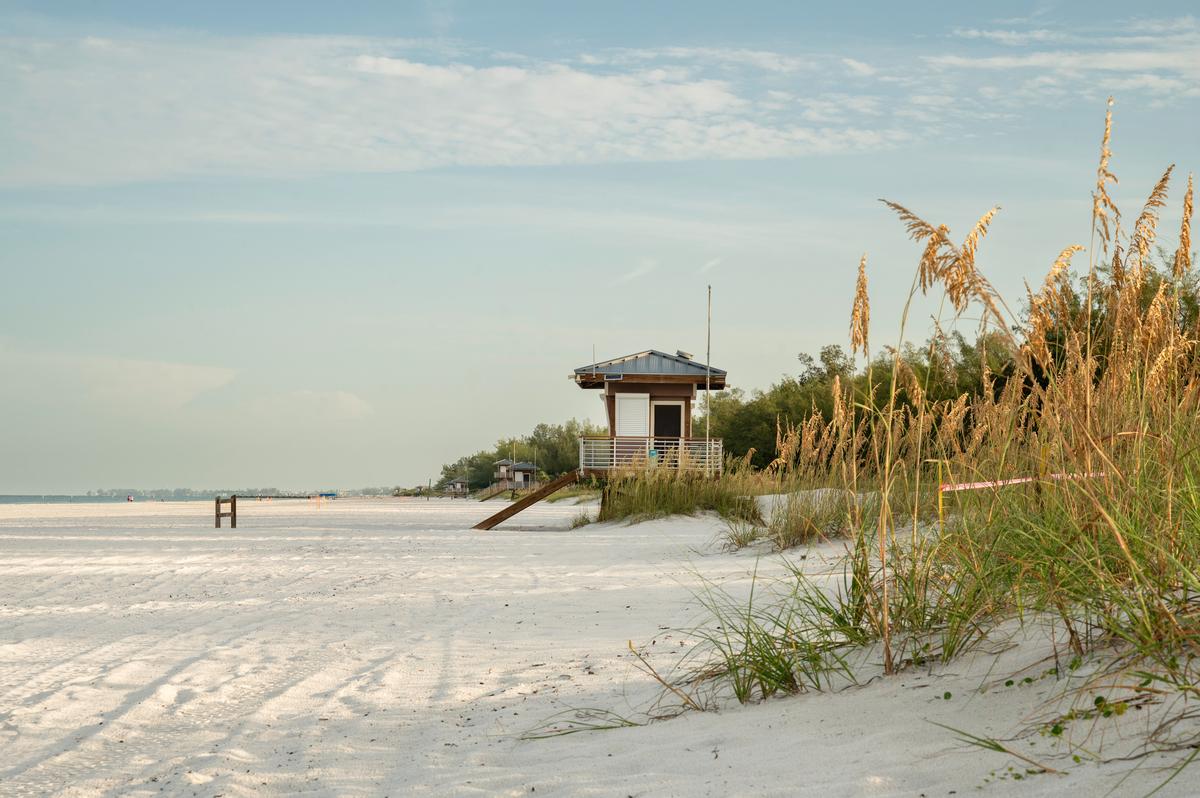
Sarasota, Florida
When I think about the best places to visit in the Southern USA, "The Circus Capital of the World" always comes to mind as one of my favorite gems. It's nestled on the Gulf Coast, just one hour south of Tampa. With winter crowds thinning in March and balmy breezes rolling in, the city felt perfectly alive yet easygoing, a blissful mix of beach calm and cultural buzz.
We arrived just in time for the Sarasota Jazz Festival which made our stay at the 3-star Lido Beach Resort (about $449/night) extra exciting. I was thrilled with our Beachfront Studio guest accommodations with a King Bed with a Double Sofa bed at Lido Beach Resort was spacious, quiet and had awesome views of the beach!
What I love about Sarasota is how balanced it feels. You can spend the morning at the beach, the afternoon wandering an art museum, and the evening dining somewhere genuinely excellent — all without ever feeling rushed.
Let’s start with the beaches, because they’re world-class. Siesta Key Beach regularly ranks among the best in the world thanks to its impossibly white, quartz sand that stays cool even in peak summer heat. Lido Key and Turtle Beach offer quieter alternatives, each with their own vibe, whether you’re after shells, sunsets, or calm swimming.
Sarasota also punches well above its weight culturally. The crown jewel is The Ringling, a stunning estate and museum complex founded by circus magnate John Ringling. With its art museum, circus museum, and the breathtaking Ca’ d’Zan mansion, it’s one of the most impressive cultural attractions in Florida — and easily worth several hours.
Downtown Sarasota feels polished but approachable, with waterfront parks, galleries, and coffee shops lining the bay. Just over the bridge, St. Armands Circle is perfect for strolling, shopping, and people-watching, especially at sunset.
Food is another highlight. Evenings meant great food along St. Armands Circle, including unique Spanish/Cuban dishes at Columbia Restaurant (I had Mahi-Mahi with crusted with ground crispy green plantain chips).
Sarasota is about 1 hour south of Tampa by car, making it an easy add-on to a Florida road trip or a standalone beach escape. It’s refined without being pretentious, relaxed without being sleepy.
What I loved best:
River Street Sweets was the highlight for my son who bought homemade pralines, plus treats like bear claws, glazed pecans & ice cream.
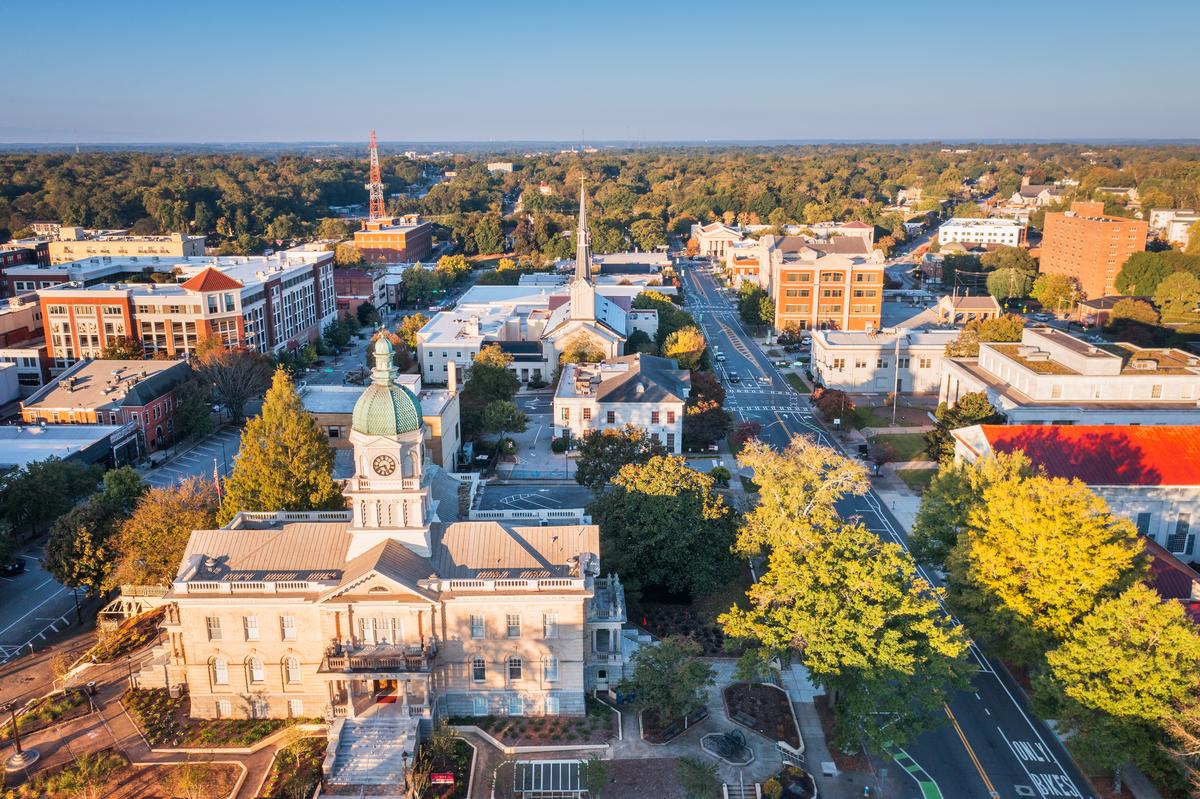
Athens, Georgia
We absolutely love Athens, and have been many times. I’ve long thought this town might be one of the South’s most effortlessly cool small cities, a youthful, arts-loving university town.
After winding my way east from Atlanta for 1.5 hours, I based myself at the stylish 3-star Hotel Indigo Athens Downtown/University Area (around $178/night) where I enjoyed a lovely modern Premium Room with a King Bed, Hypo-allergenic bedding, and Blackout curtain.
First thing we did was stroll downtown near the University of Georgia campus, which was vibrant, exciting, and honestly magic.
The historic streets were full of cool coffee shops and interesting bookstores, and it felt like the best intro experience.
After that we grabbed brunch at a local cafe, one of the absolute best meals, affordable but still amazing.
Walking it off through North Campus was my favorite, the old trees and buildings felt romantic and kind of dreamy.
Later we explored the Georgia Museum of Art, which was a unique and underrated experience just outside downtown.
As the afternoon went on we wandered through local neighborhoods, seeing colorful houses and snapping photos you see in my photos.
Dinner came next at a Southern spot near Broad Street, and it was easily one of the most satisfying meals ever.
That night we caught live music, because Athens is famous for it, and the energy was vibrant and unforgettable.
The next morning started slow with coffee at Jittery Joe's Coffee with a great cup of Peruvian coffee.
We ended the trip at the State Botanical Garden, just a short drive away, peaceful and absolutely spectacular.
What I loved best:
Savoring a meal at Maepole was my personal highlight, where I built a bowl loaded with smoky roasted sweet potatoes, crisp greens, black-eyed peas, citrus-marinated tofu, and a generous drizzle of their tangy, house-made green sauce.
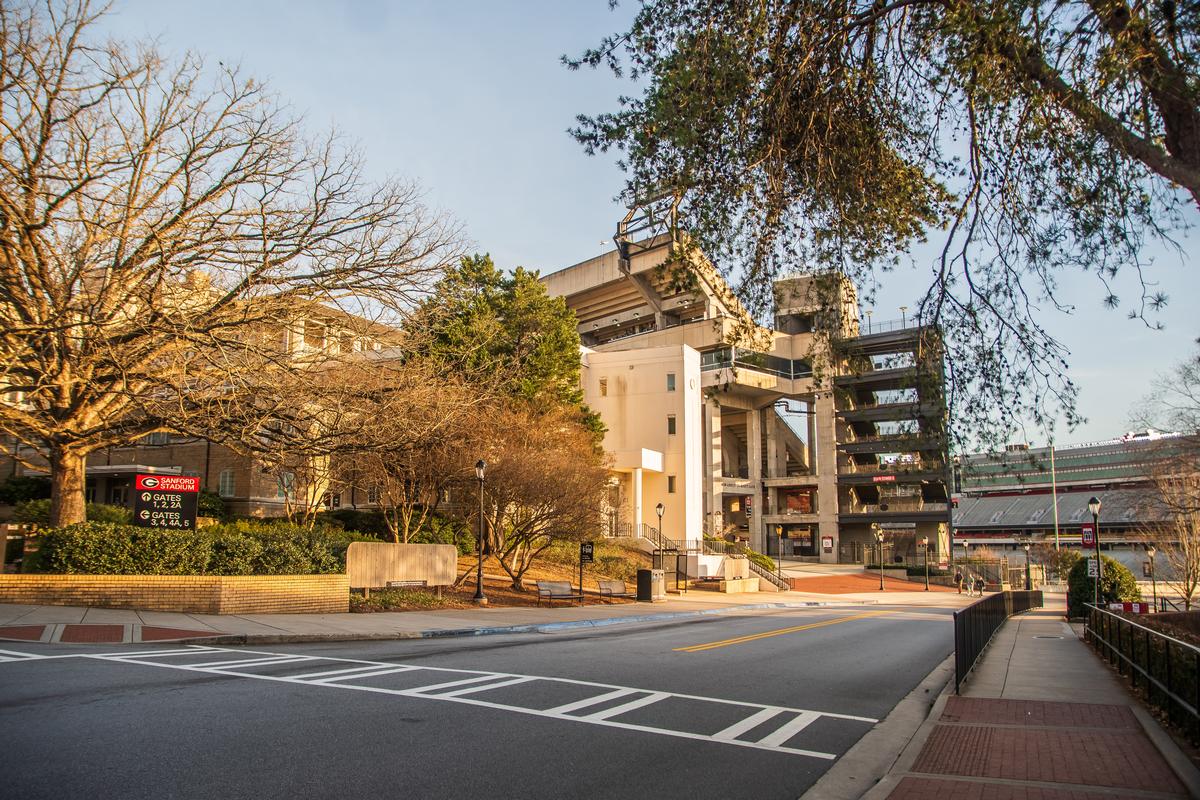
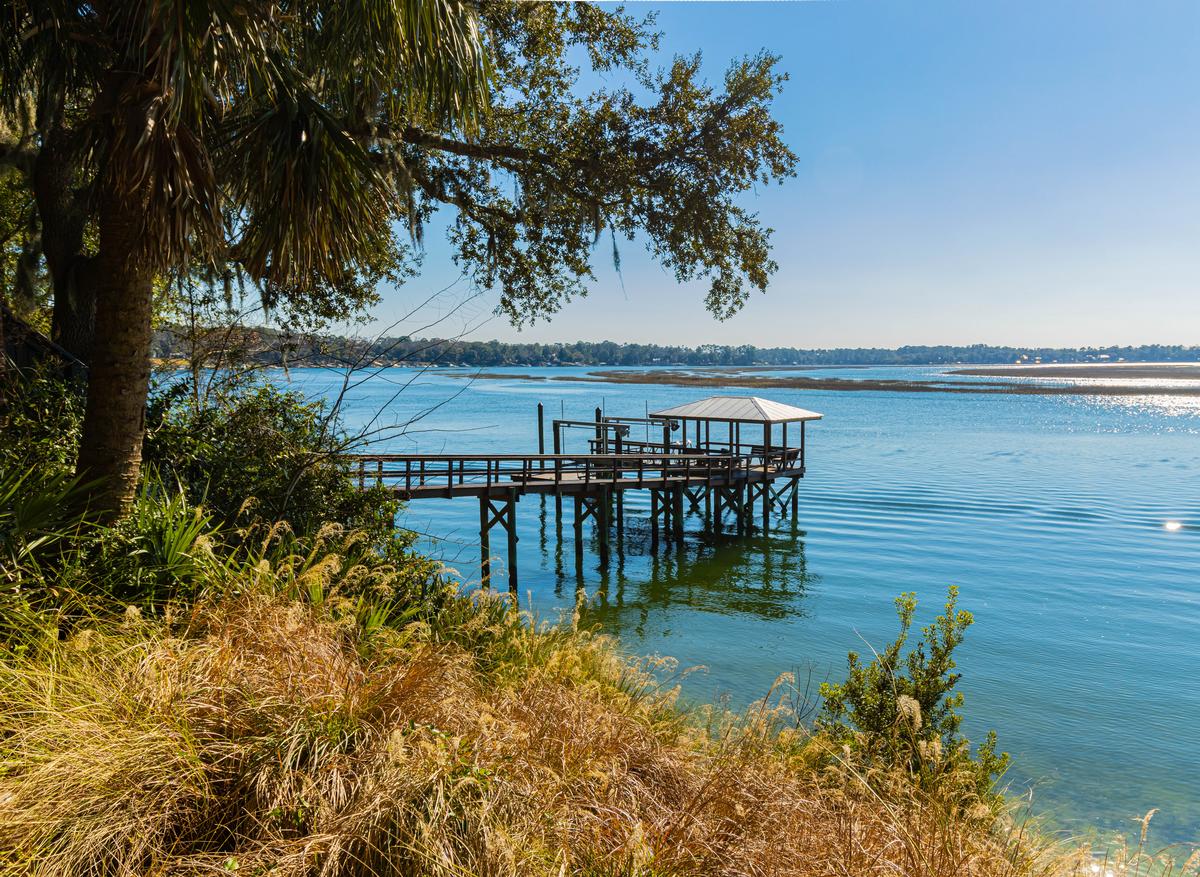
Bluffton, South Carolina
When I visited this charming Lowcountry town in May I thought that Bluffton was one of the best places to visit in South Carolina. Why? It turned out to be one of the sunniest and most pleasant times of the year since the weather was warm with a gentle coastal breeze, perfect for exploring the outdoors (with the occasional refreshing rain shower that made everything greener!).
In addition, it happened to be the season when dolphins were frequently spotted along the May River, which made it feel extra magical. It was wonderful to see Bluffton come alive with its vibrant community events – there was the Bluffton Mayfest with live music and local art, the Bluffton Sunset Party series right by the water with food and dancing, and the quirky weekly Farmers Market, where I got to enjoy fresh seafood, handmade crafts, and live local bands.
We drove about 30 minutes from Savannah and spent five relaxing days in a Standard Room with two Queen Beds at Best Western Plus Bluffton (around $116/night) soaking in the Southern charm. It was a gorgeous family trip filled with strolling the historic Old Town Bluffton with its oak-shaded streets and art galleries, watching kayakers on the May River at sunset, taking a day trip to nearby Hilton Head beaches (12 minutes by car), and dinner at Nectar Farm Kitchen Old Town.
What I loved best:
Enjoying a laid-back dinner with my husband and son at The Bluffton Room (in the top 10% of worldwide restaurants according to TripAdvisor) where I had a delicious Faroe island salmon ($38), my personal highlight!
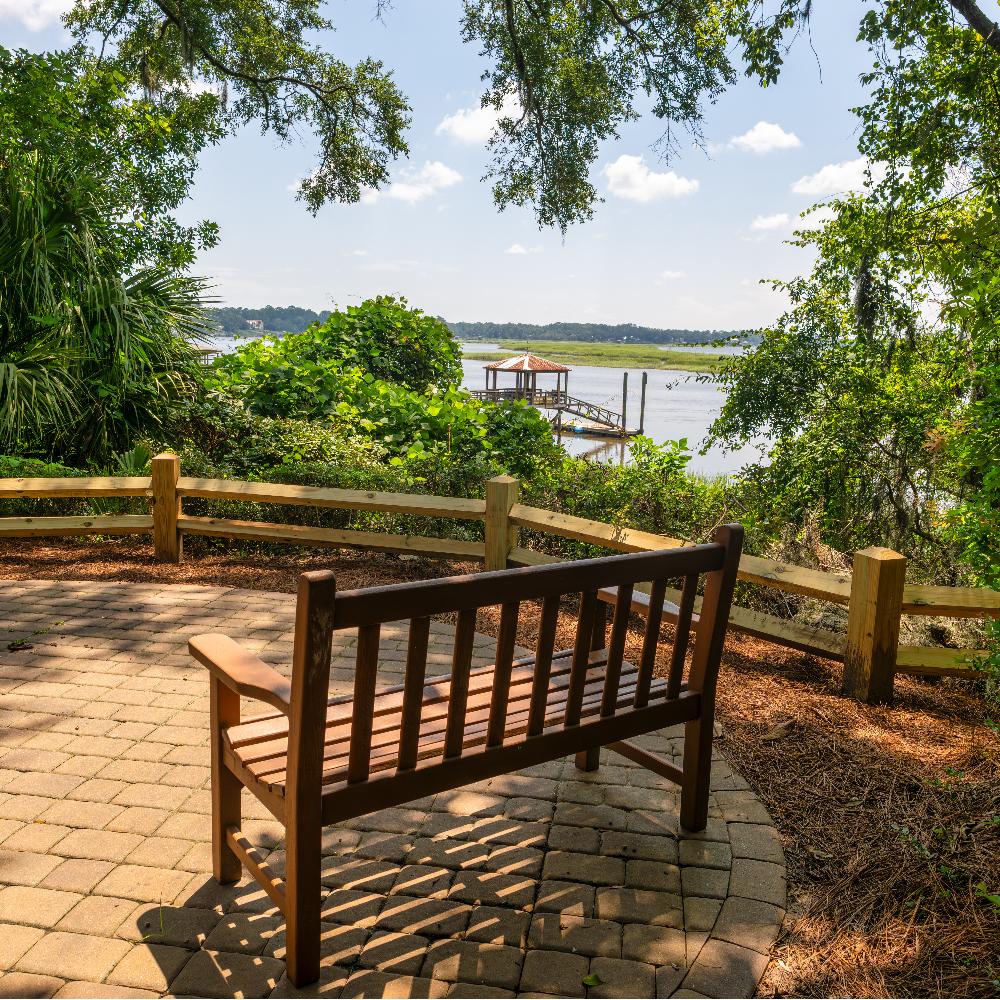
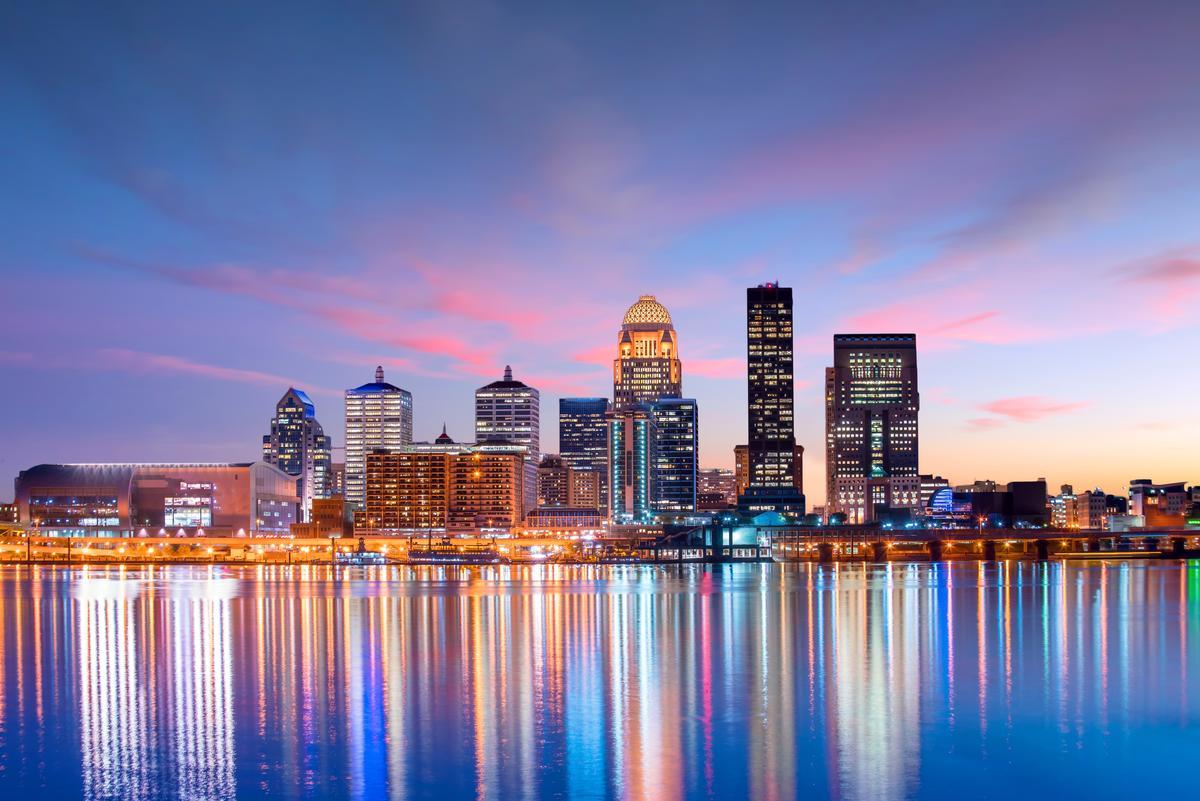
Louisville
This is one of my favorite cities to return to because it blends Southern charm with history and a lively food scene. In addition, I love its riverfront energy since it's set on the banks of the Ohio River!
We flew in from Austin, TX and stayed at the Seelbach Hilton ($210) for three exciting days, a 1905 landmark where I could instantly feel that Old World charm atmosphere. Since it was late in the day, we had dinner right after dropping off our bags at In Season Harvest Kitchen, where I had the farm-to-table fried chicken with sorghum glaze, sweet potato mash, and collard greens - to me, it was comfort food elevated with care.
Next day, I loved exploring the grounds of the Kentucky Derby Museum, learned about the traditions of the race, and saw the track that so many horses had thundered across ($20 for adults, $10 for kids).
Next we strolled along the Historic Whiskey Row, walked through the Waterfront Park, amd visited the Louisville Slugger Museum & Factory (my son is a baseball fan so this was a real treat!).
We also loved visiting Louisville Mega Cavern, a former limestone mine which is truly a standout during the holiday season. We took a 30-minute Christmas tour in an open-top vehicle that lets you sit back, relax, and fully immerse yourself in the dazzling holiday displays.
What I loved best:
Sunset view from the Riverfront were my personal highlight!
A downside? Kentucky Derby Museum’s popularity meant weekend crowds. At times, the line for the walking tour moved slowly, and I wished for more quiet moments to take in the history without jostling shoulders.
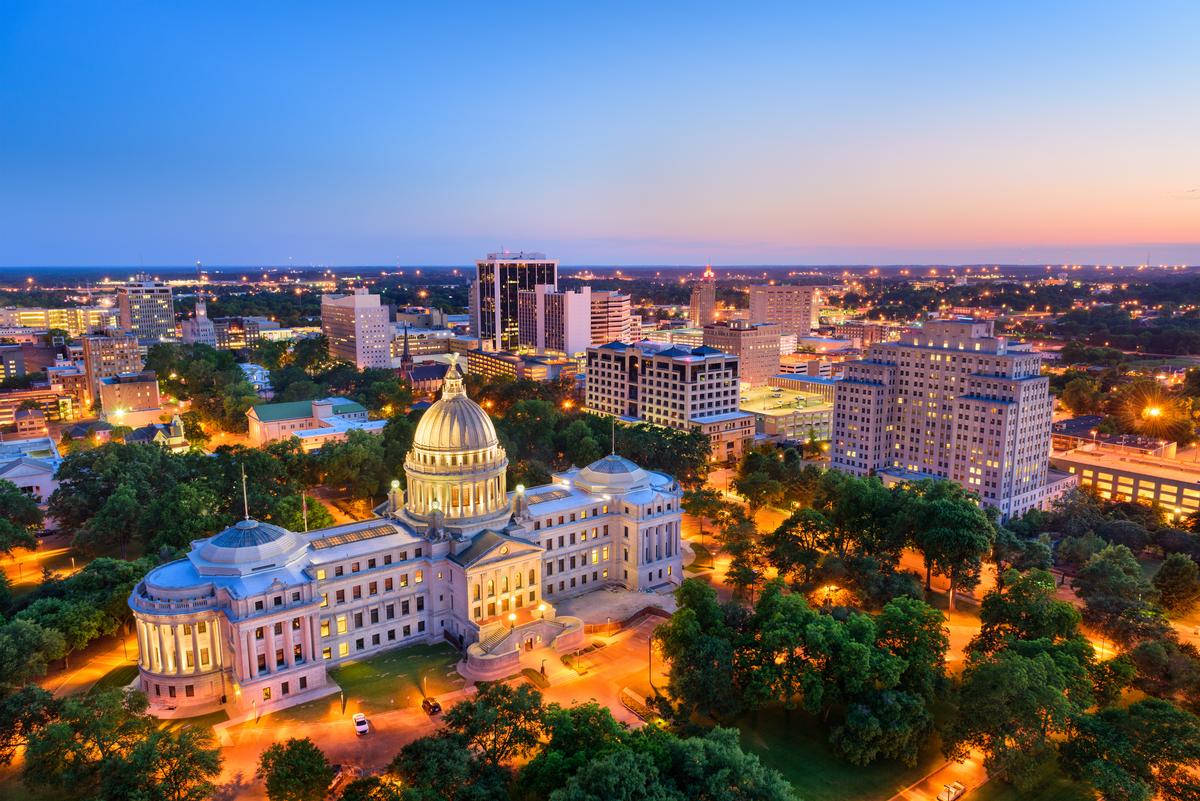
Jackson, Mississippi
Set along the Pearl River, this is one of the most soulful and story-filled cities I’ve explored since I've moved to the South. As Mississippi’s capital and largest city, it offers a great selection history, culture, and soulful energy. We drove about 3 hours north from New Orleans to Jackson (population around 150,000).
My first stop? Brent's Drugs, a neighborhood gathering place that serves up breakfast and lunch fare daily, including its signature Brent Burgers, melt sandwiches, and Texas-style chili.
I spent three wonderful days exploring Jackson’s rich layers from our comfortable base at the 4-star Westin Jackson, delving into the Mississippi Civil Rights Museum for a moving and powerful look at history, visiting the art-filled Fondren District, and catching live blues at Hal & Mal’s late into the night. Around town, I also caught wind of the Mississippi Blues Marathon.
What I loved best:
Strolling through LeFleur’s Bluff State Park was especially fun for my son, a 305-acre park where people go camping, fishing, and picnicking.
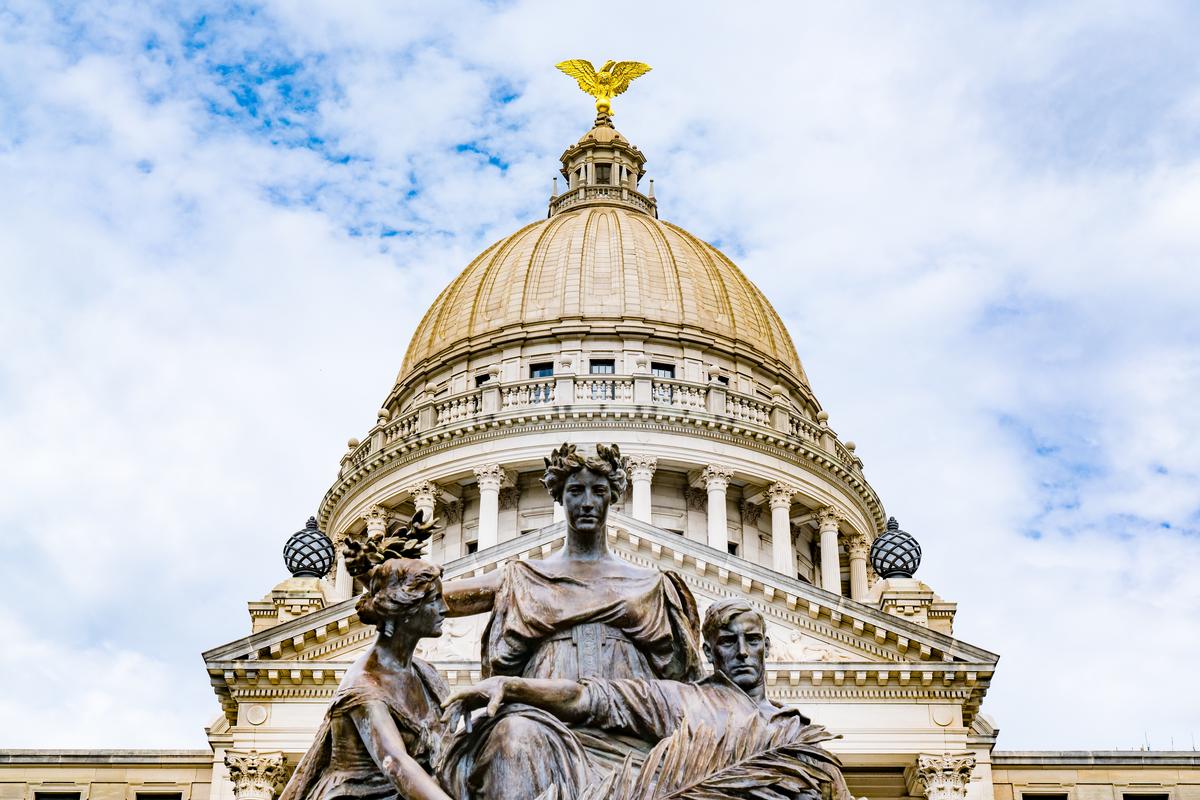

Manassas, Virginia
Just 45 minutes west from Washington, D.C., this place struck me as one of the most interesting and underrated towns in the South. Known for its rich Civil War history, I thought that Manassas was one of the best places to visit in the South with its unique mix of culture, charm, and unique experiences that make it a spectacular getaway.
We stayed in a Standard Room with 2 Double Beds at the 3-star Holiday Inn Manassas for three days, where the accommodations were basic but comfortable (and affordable at around $94/night).
What I loved best:
My absolute favorite stop was the Manassas National Battlefield Park and walking along the trails where history unfolded was powerful.
The second standout was the uniquely vibrant Old Town, lined with brick sidewalks, boutique shops, and cool cafés like Jirani Coffeehouse where I had coffee and a trendy Chicken Salad in a cup.

Greensboro, North Carolina
In the heart of North Carolina’s Piedmont region, this place won me over as one of the most underrated and exciting places to visit in the South. Why? It’s conveniently located between Raleigh and Charlotte, yet it has its own vibrant personality that makes it a spectacular getaway.
We drove about 1.5 hours west from Raleigh to Greensboro (population around 300,000) and spent three days in a comfortable guest room with 2 Queen Beds at the 4-star Grandover Resort & Spa (around $218/night).
What I love about Greensboro is how living history is woven directly into everyday life. Downtown feels modern and walkable, yet it’s home to one of the most important landmarks in American civil rights history — the International Civil Rights Center & Museum, located in the original Woolworth’s building where the 1960 sit-ins began. Standing in front of the preserved lunch counter is one of those moments that really makes history feel personal and real.
I also loved how joyful and lively the downtown felt with cool street art, boutique shops, and awesome restaurants, and Elm Street, in particular, was one of my favorite areas to hang out.
Nature lovers will find plenty of magic here too. I spent a peaceful afternoon at the Greensboro Arboretum, which had trails, gardens, and the kind of serene atmosphere that makes you want to slow down and enjoy every moment.
Greensboro is easy to reach by car and Amtrak, with routes connecting it to major East Coast cities. Driving is simple, traffic is mild compared to larger metros, and parking downtown is refreshingly affordable.
What I loved best:
The food scene was another highlight for me, from soul food classics at Lucky 32 Southern Kitchen to creative farm-to-table dishes at ‘Cille and ‘Scoe, this city offered some of the coolest and most delicious bites in North Carolina.
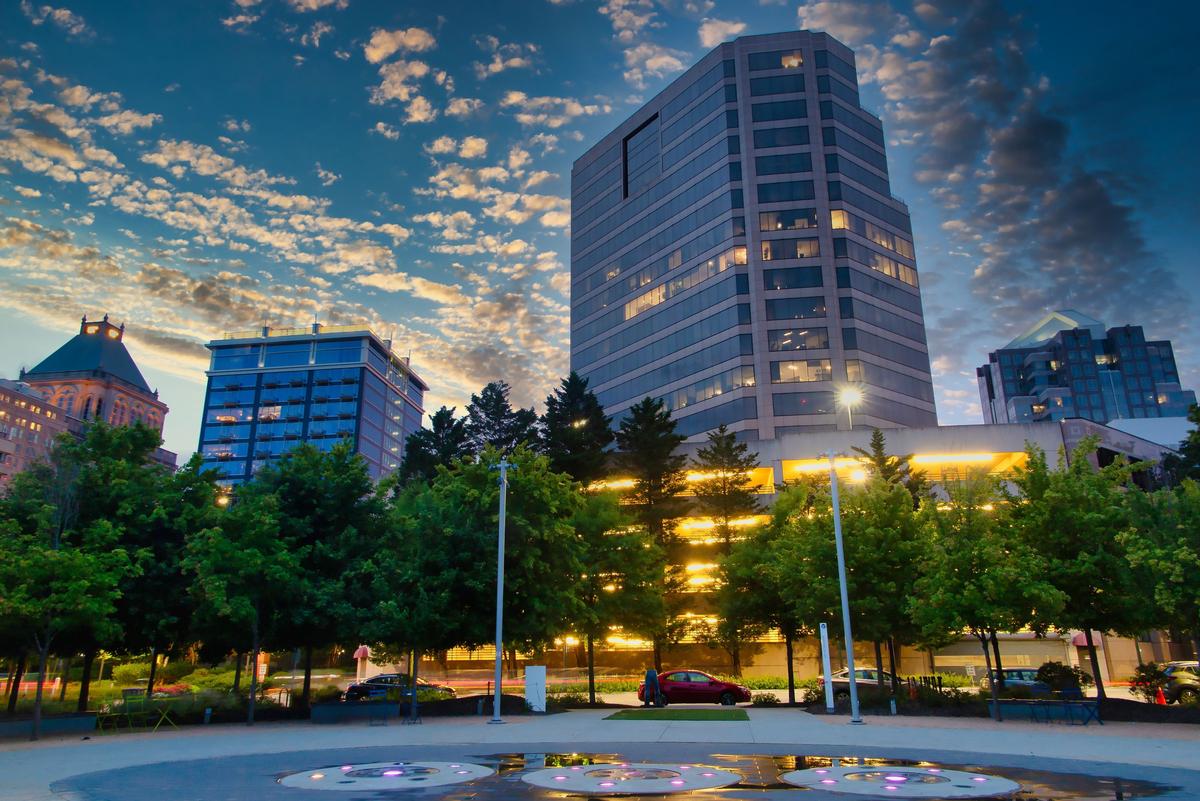
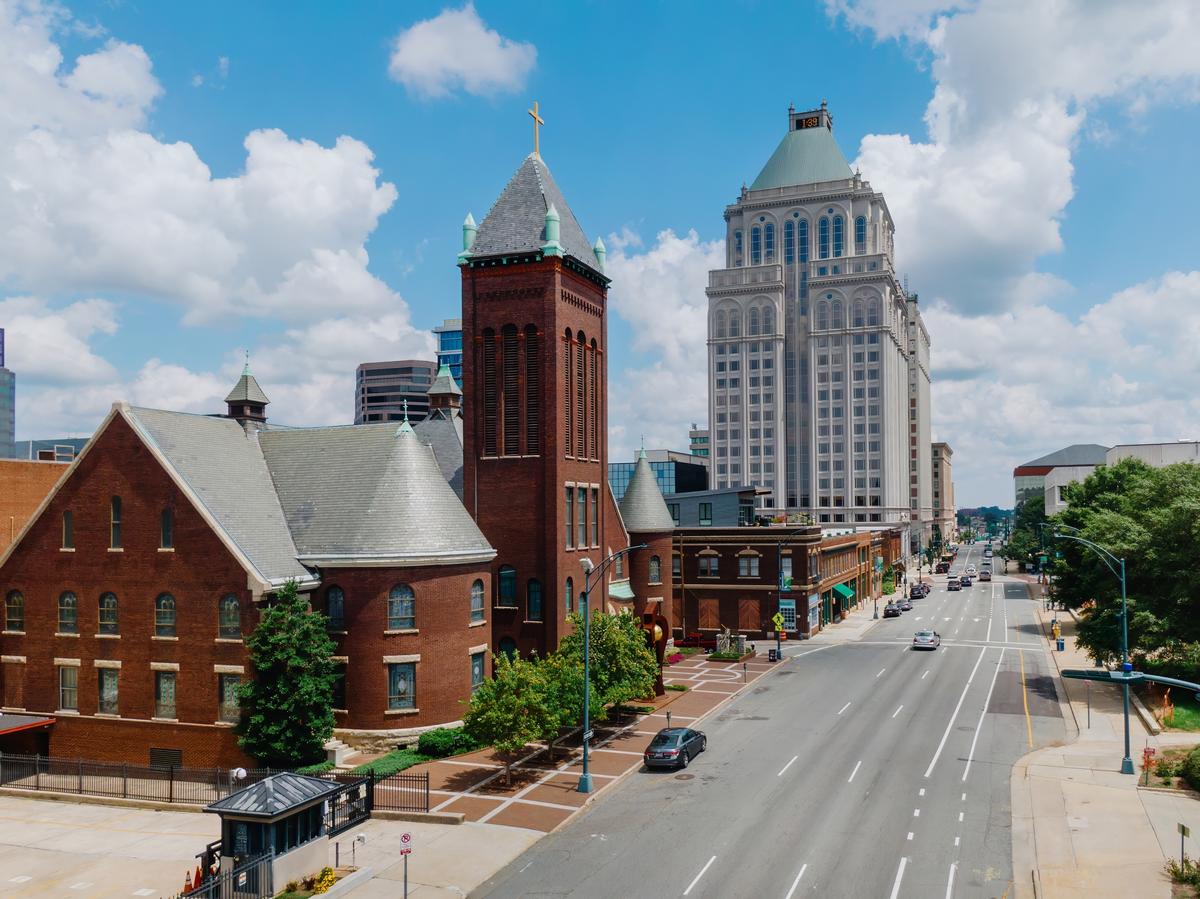
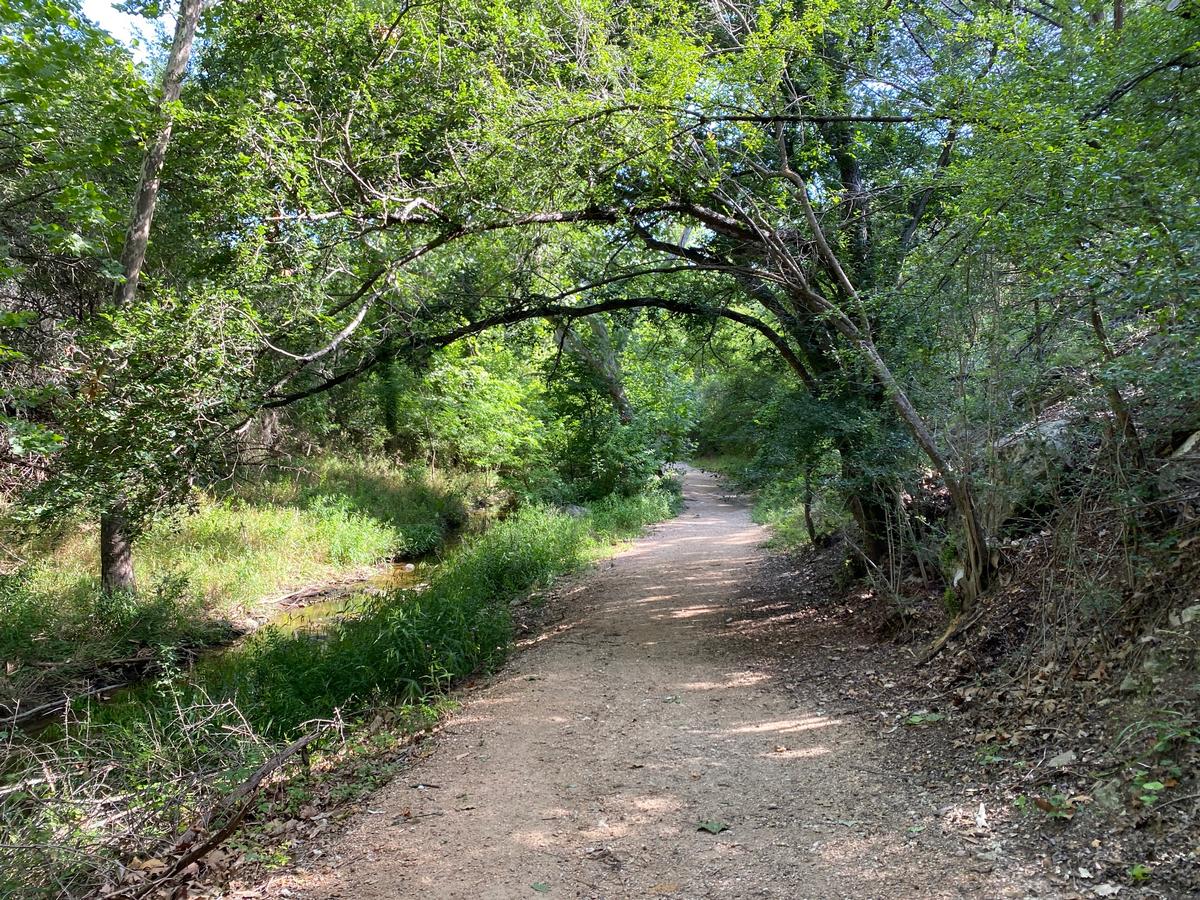
Lakeway, Texas Hill Country
Deep in the heart of Texas, the Hill Country has to be one of the most spectacular and underrated regions you can visit in late fall or in springtime, with warm weather, wonderful hiking opportunities and great restaurants. We drove just 10 minutes from my house to 4-star Lakeway Resort & Spa where we bought a day pass to enjoy the pools with a view and restaurants for a day.
In Lakeway, I also love visiting Lakeway City Park, Hill Country Galleria for shopping and restaurants (and a movie theater), Hamilton Pool Preserve and Pedernales Falls State Park for hiking.
What I loved best:
My absolute favorite things to do is stargazing at Reimers Observatory next to Hamilton Pool Preserve (16 miles, 30 minutes by car from Lakeway Resort and Spa) - Reservations required.
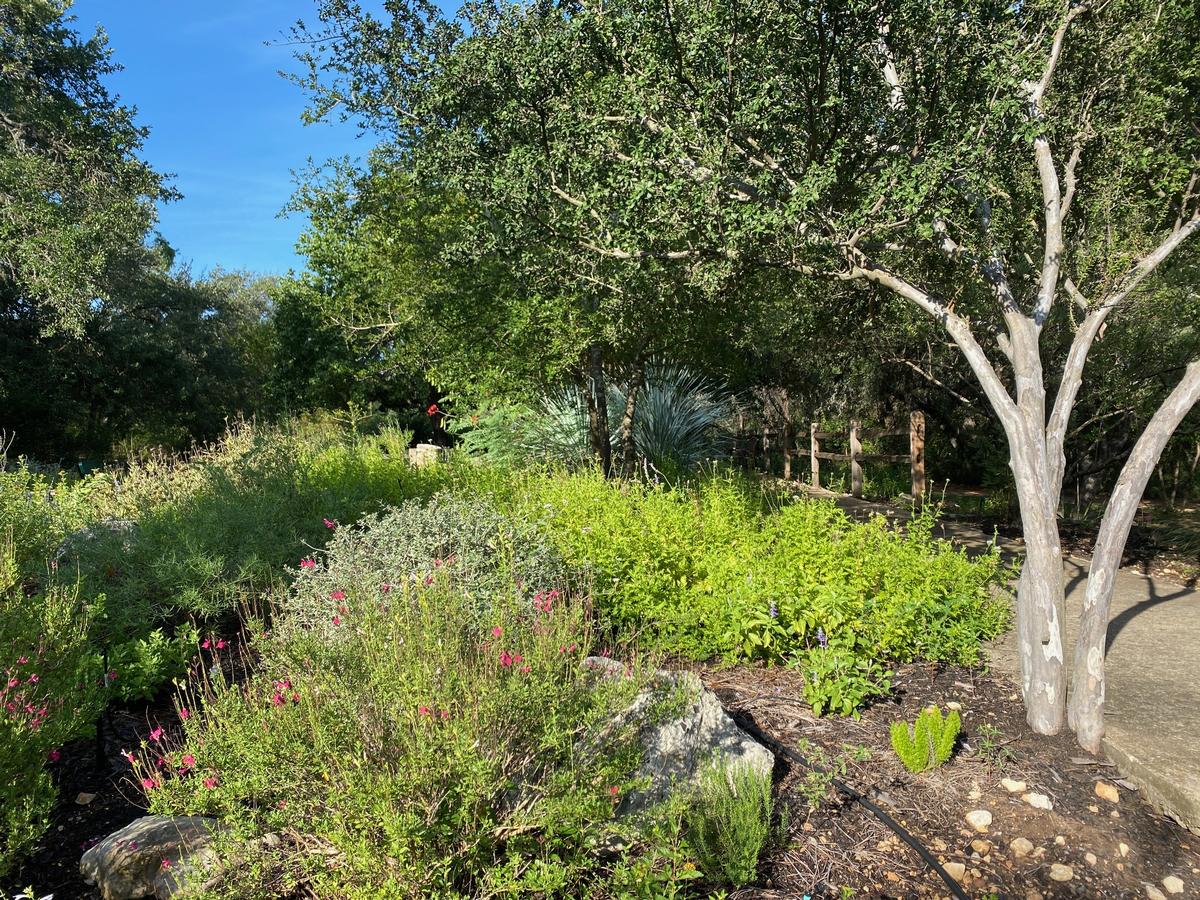
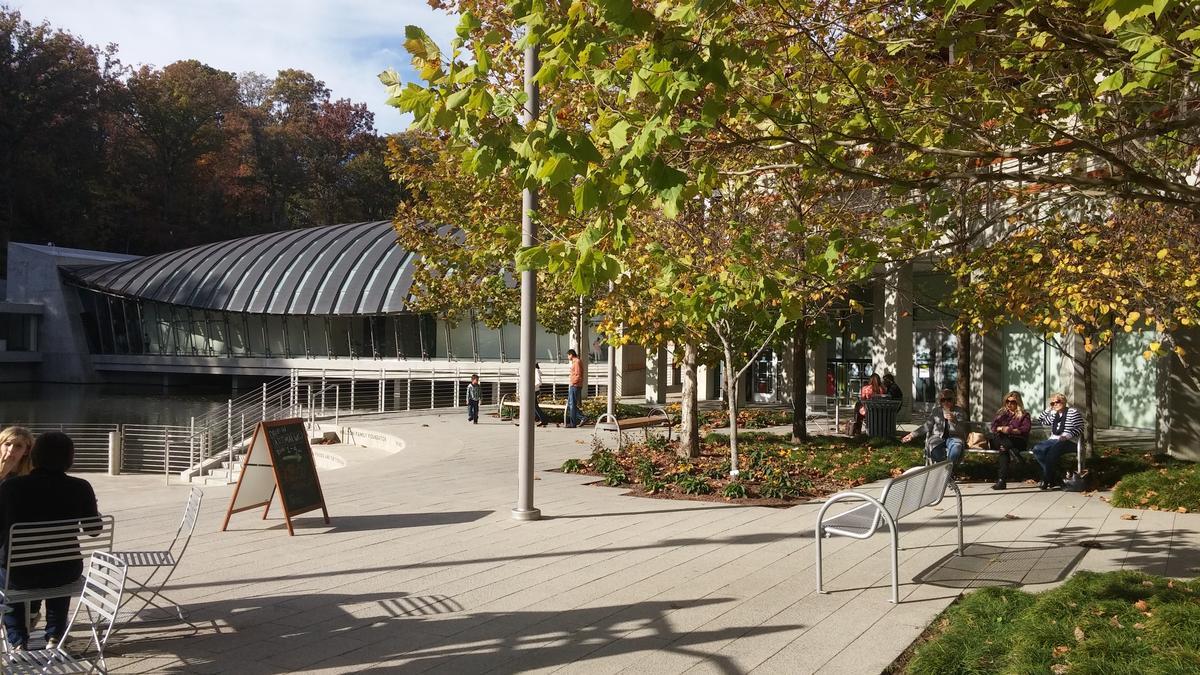
Bentonville, Arkansas
In the heart of Northwest Arkansas, this has quickly become one of the coolest and most surprising places I’ve visited in the South. What was once a quiet town is now a vibrant hub filled with art, outdoor adventures, and some of the best food scenes I’ve come across.
We drove about 3.5 hours northwest from Little Rock to Bentonville and stayed at 21c Museum Hotel Bentonville for three nights. My absolute favorite experience here was exploring Crystal Bridges Museum of American Art where the architecture alone was spectacular, and walking through the galleries felt like stepping into a dream, and The Plaza Café at the museum had tasty sandwiches so we could stay longer.
The Bentonville downtown square had joyful energy, with boutique shops, cool cafes, and fun weekend markets that made me feel right at home.
What I loved best:
For outdoor lovers, the biking trails around this city are nothing short of amazing, past lush forests and peaceful streams, it felt like discovering a hidden gem every mile.
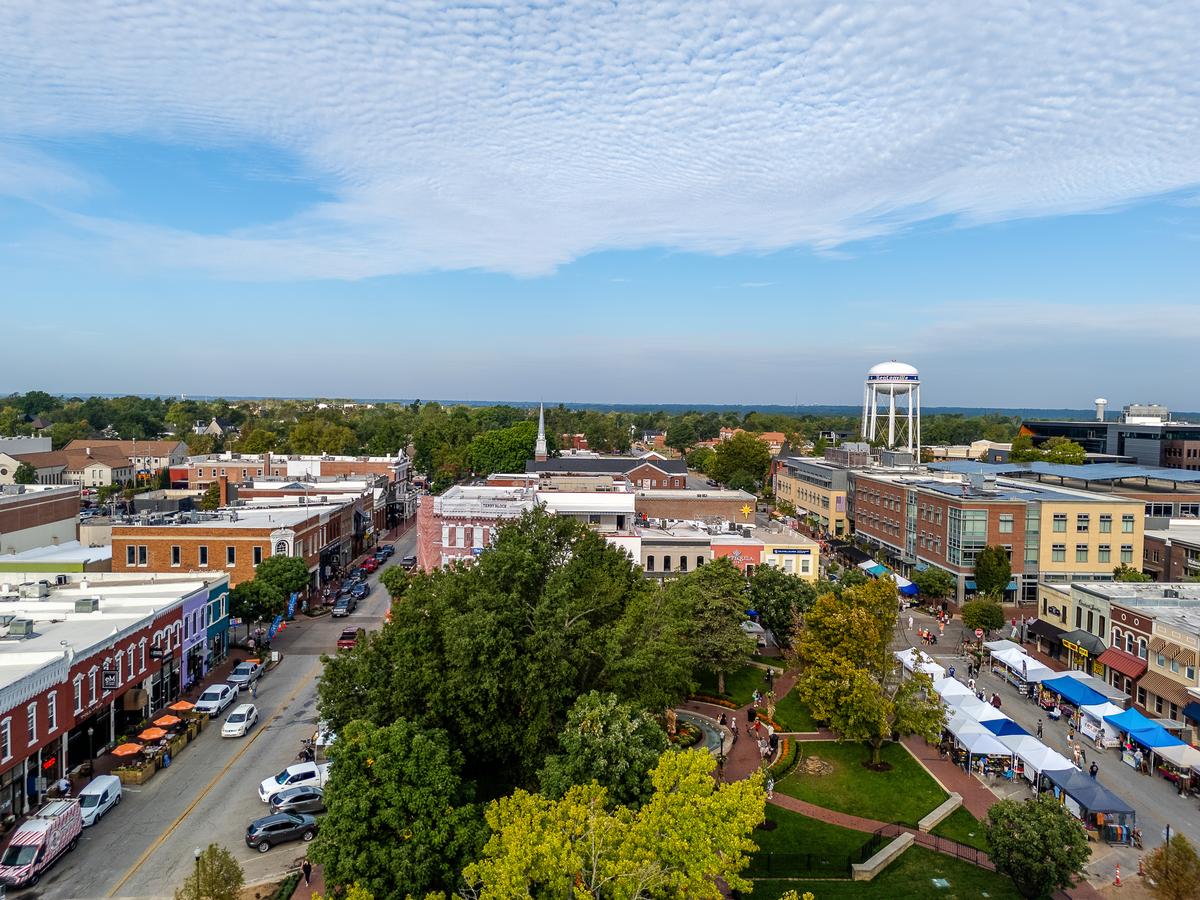
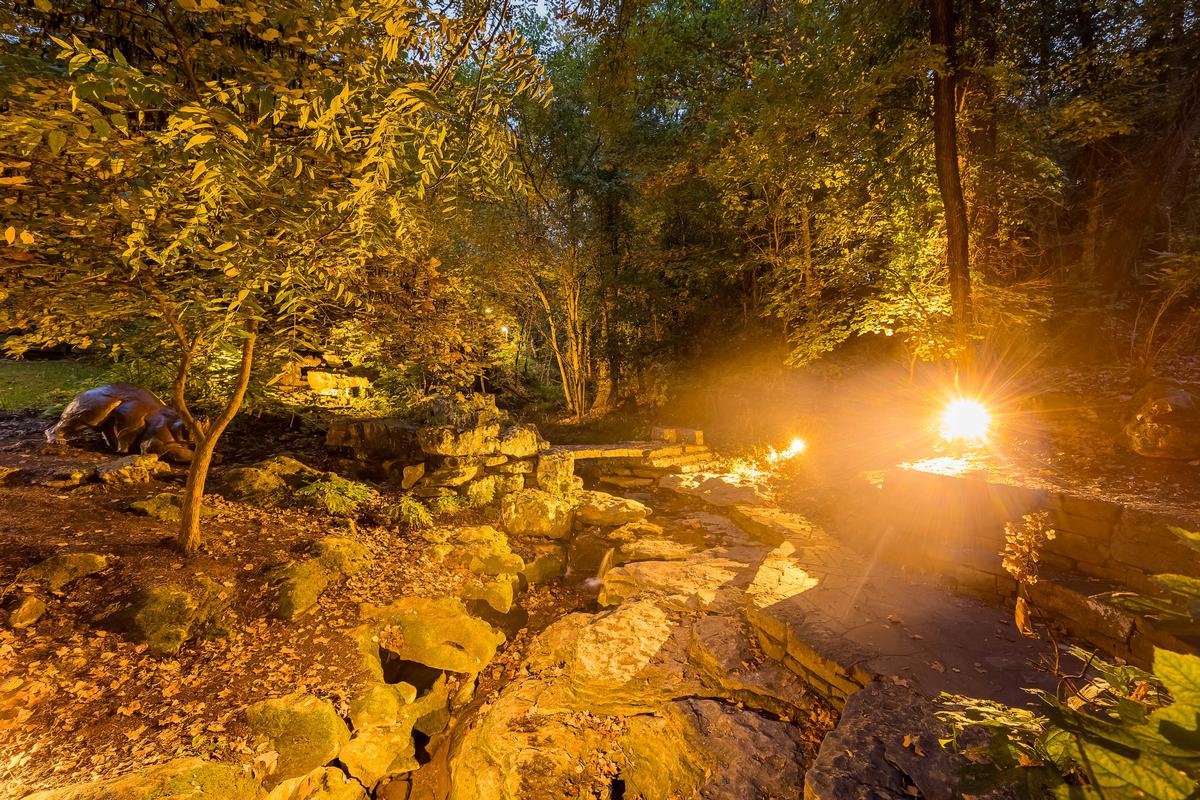

Madison, Alabama
This friendly Southern city just 20 minutes outside Huntsville, Alabama completely charmed me with its welcoming small-town vibe, lush greenways, quaint historic downtown, and family-friendly festivals. Nestled between rolling Appalachian foothills and the buzz of nearby Huntsville, Madison is a perfect weekend getaway in Alabama.
Just a short drive from Huntsville International Airport, we stayed for three nights at Best Western Plus Madison and Madison turned out to be one of the most underrated spots I’ve explored in the South.
Strolling through historic downtown Madison was one of my favorite parts of the trip and I loved wandering through Dublin Park.
I also couldn’t get enough of the proximity to Huntsville’s space attractions with the U.S. Space & Rocket Center and other Huntsville gems just minutes away so it felt like the absolute best of both worlds.
What I loved best:
The food scene here was my personal highlight, including Zanotta's Ristorante, Prohibition Rooftop Bar & Grill and Stoney River Steakhouse and Grill.
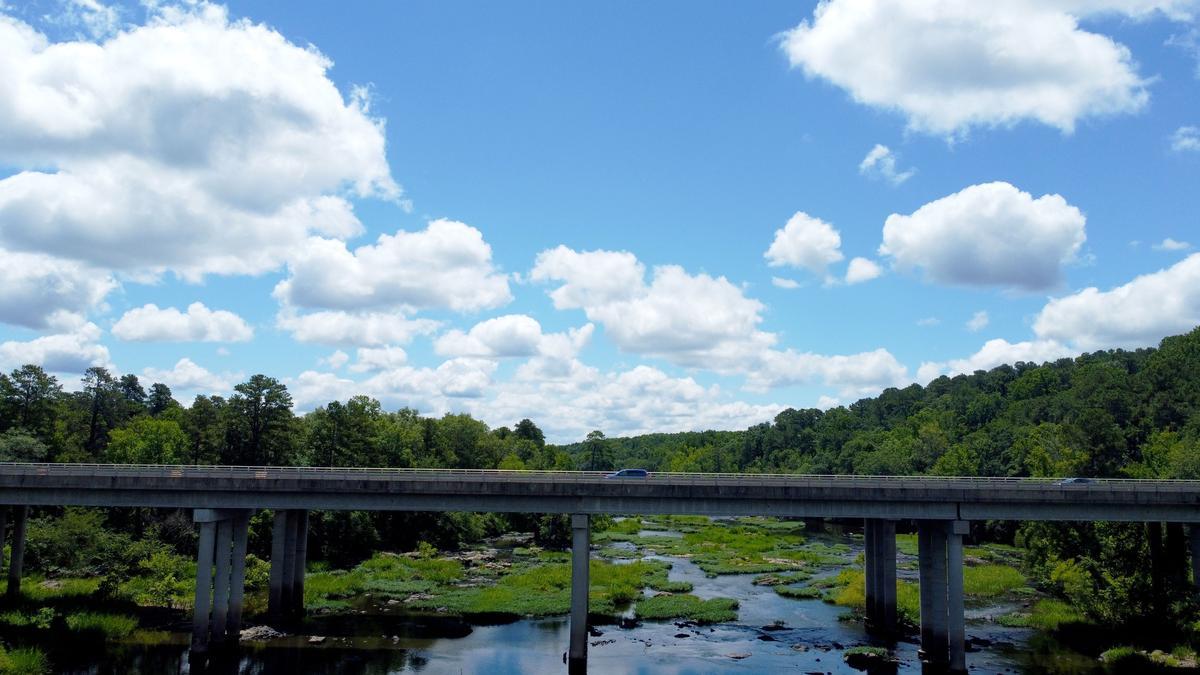
Pittsboro, North Carolina
This town, tucked into the heart of Chatham County, is one of my favorite places to go in the Southern USA when I want a mix of local flavor, friendly faces, and beautiful scenery.
Coming in from Chapel Hill, I drove about 25 minutes southwest along US-15/501 and once there I browsed the galleries and studios at The Plant, toured the eco-minded Chatham Beverage District, and sampled meads at Starrlight Mead, explored the historic courthouse circle downtown.
What I loved best:
Enjoying the peaceful trails at Lower Haw River State Natural Area, where the water rushes over boulders and the forest feels wonderfully secluded.
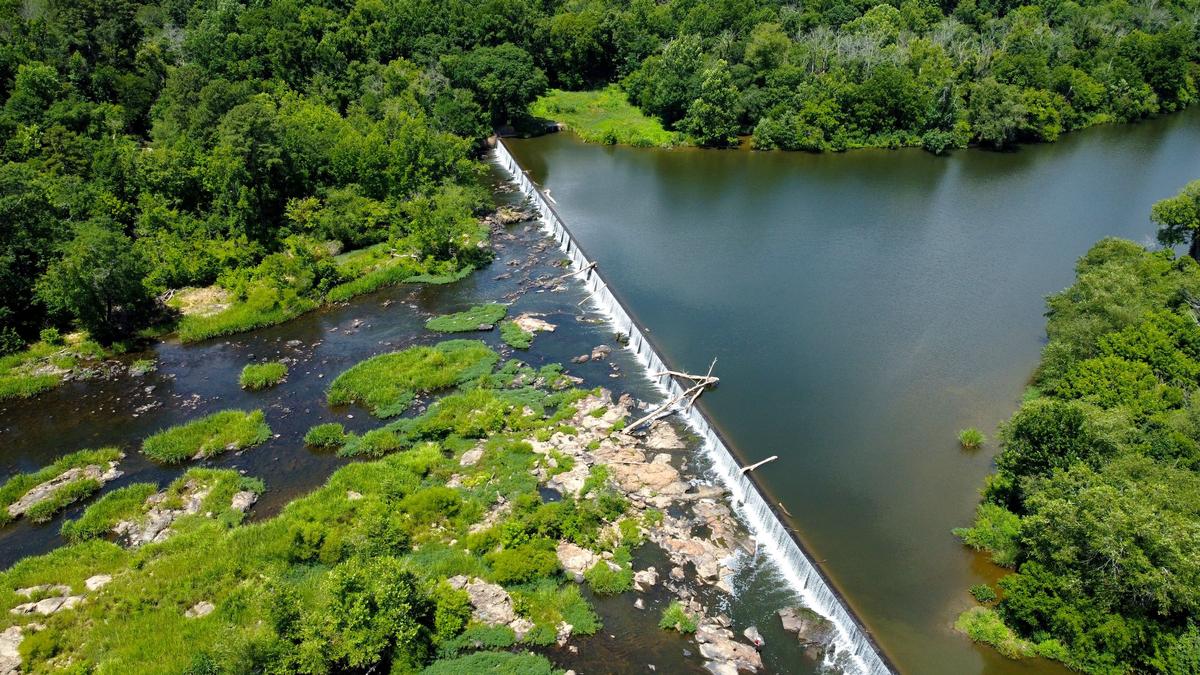

Blowing Rock
Perched high along the Blue Ridge Parkway, this is one of the most scenic and peaceful towns I’ve ever explored in North Carolina, and I think it’s one of the region’s absolute best mountain escapes.
I loved that Blowing Rock is the kind of town where I can slow your pace without even meaning to — and suddenly everything feels calmer, cooler, and a little more magical.
Driving in from Boone, it was a quick, scenic 15-minute ride along US-321 before I settled in for two refreshing days at the 4-star Chetola Resort. In Blowing Rock I wandered around the walkable downtown, browsed artisan boutiques, lingered in the Blowing Rock Art & History Museum (Free), and took in the sweeping cliffside views at The Blowing Rock itself. I spent a morning hiking at Bass Lake and Moses Cone Memorial Park, all soft trails, still water, and rolling hills.
What I loved best:
For me, Blowing Rock is one of the best places to visit in the Southern USA because it's scenic and unique!
Droving down a stretch of the Blue Ridge Parkway, stopping for overlooks, was my personal highlight.

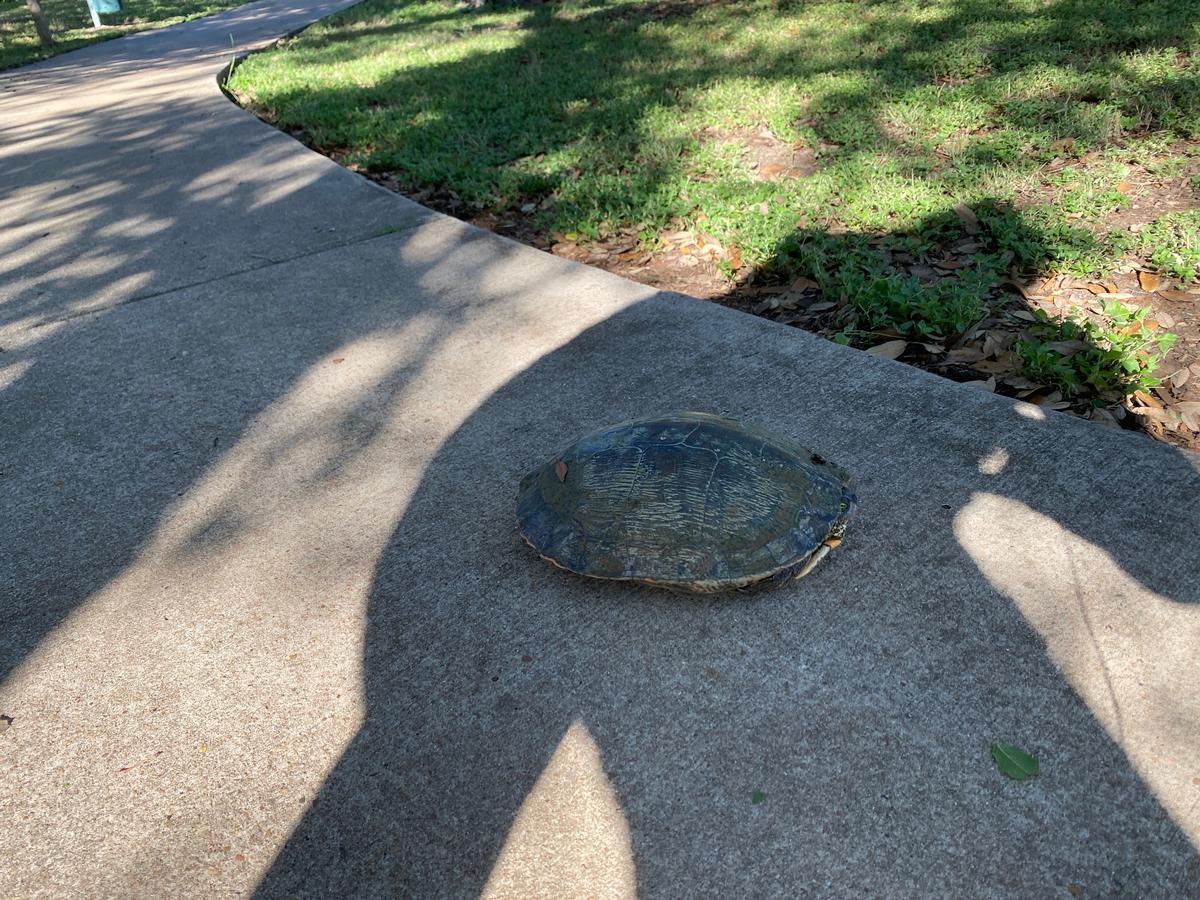
Booking Checklist
1. Book Your Flight - I use Expedia because I like their mobile app with my itinerary. They've helped me re-book flights on many occasions. Once you reach their Gold tier, support is especially good.
2. Book Your Hotel - I use Booking.com or Expedia, depending on my destination.
3. Book Your Rental Car - I use Expedia.
4. Book your tours on Viator or Get Your Guide.
5. If you are planning to visit more than three national parks in the next 12 months, we've found that buying the America the Beautiful Pass is cost effective.
